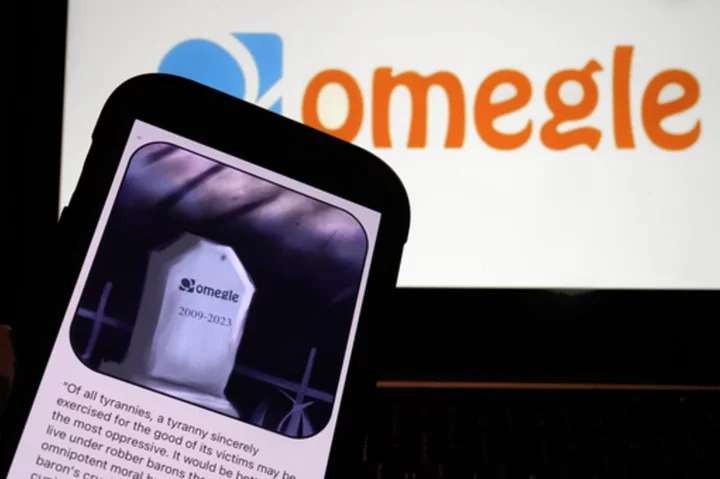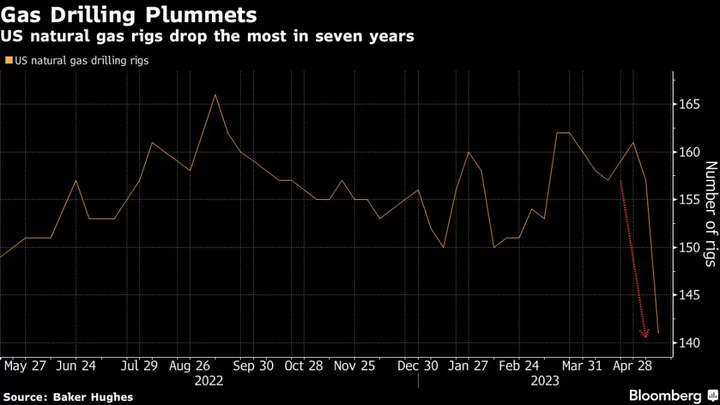By Chris Taylor
NEW YORK If you really want to get Monica Dwyer’s attention, just show her a fancy pen.
Dwyer may be a financial planner by trade, but she is also a devoted calligrapher – and so when social media algorithms figured out her weak spot, it was open season.
“Facebook has my number,” sighs Dwyer, of West Chester, Ohio. “They place before me the most interesting and attractive things for me to buy. I was a complete sucker.”
Dwyer has plenty of company. Almost half of social media users (48%) made an impulse purchase of something they saw online, according to new survey from financial information site Bankrate. And 68% of them say they regret one of those buys later.
Those items are not necessarily minor, or cheap: The average impulse buyer forked out $754 on stuff purchased over the past year after spotting it on social media platforms.
All told, it works out to Americans splurging $71 billion on such purchases in the last 12 months.
“I’m surprised by how high some of these figures are,” says Ted Rossman, Bankrate’s senior industry analyst. “We are definitely talking some big-ticket items here.”
These findings are affected by how young and online you are: Millennial impulse buyers spent an average of $1,016 in the past year on things they spotted on social media; Gen Z spent $844; Gen X $522 and Baby Boomers $418.
Think about what you see online, and it is not shocking that people are spurred into spending. What we post is not boring everyday life, but a curated collection of highlights – beach vacations, new clothes, fancy dinners.
What you do not see is the price tag – whether friends, family or influencers can actually afford it, or whether it is all being put on credit.
Here are a few guardrails you can put in place to avoid overspending online.
PUT IN A TIME DELAY
The point is not to deny yourself anything you ever want, which is unsustainable. But you can avoid bad snap decisions by giving yourself a day or two to think about any potential purchase.
Monica Dwyer does it with pens, and it has been working like a charm.
“What helps is putting what I like into the cart, and then not checking out until the next day,” she says. “I have a deal with myself that if I am so excited that I can remember what is in my cart the next day, then I will go and purchase it. But nine times out of 10 I don't go back.”
WORK OUT THE MATH BEFOREHAND
Putting something on credit is the easiest thing in the world – financial companies have designed it that way. But what you may not realize is that credit-card rates are now at record highs: 24.45% on average, according to LendingTree, the highest since the site began tracking the statistic.
If you are carrying a revolving balance, your Instagram-inspired purchase could snowball into something far more expensive. So do the math first, which could scare you straight before you click ‘Buy.’
The same advice goes for the growing trend of Buy Now Pay Later, a new twist on old-fashioned layaway, which essentially tricks your brain with smaller installments.
CLEAR IT WITH SOMEONE
Most couples have some sort of spending agreement, whether formal or informal: If a purchase cost rises above a certain level, it needs to be discussed with the other.
In the same way, bouncing a desired item from social media off a significant other – or even a friend or family member, as a sounding board – can act as a natural check on pricey purchases.
DON’T LINK YOUR CREDIT CARD TO SOCIAL-MEDIA ACCOUNTS
Personal finance experts have long suggested using cash to reduce spending, since the act of prying it out of your wallet and handing it over can feel extremely painful.
In an increasingly cashless society, that is not super helpful. But at least you can make sure your social media accounts are not set up for ‘one-click’ purchases.
The act of having to locate your credit card and enter the information manually each time creates enough friction to slow you down. It gives you time to reflect on whether the buy is really worth it, or whether you are just chasing idealized images of things you cannot afford.
“It’s all about keeping up with the Joneses,” says Bankrate’s Rossman. “But the Joneses might be in debt.”
(Reporting By Lauren Young; Editing by Aurora Ellis)









